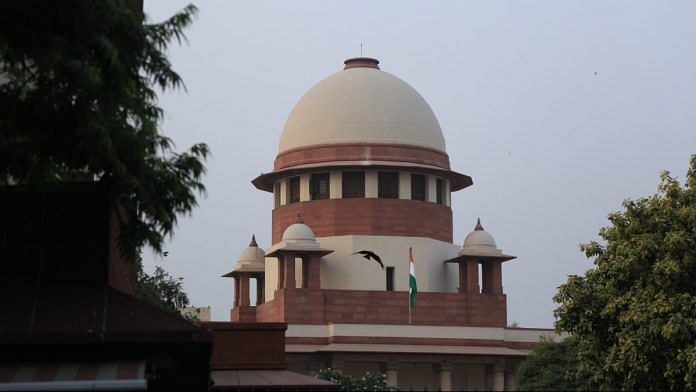The news that the Supreme Court’s collegium is talking about the judiciary’s own diversity profile and finds it wanting, is welcome. This self-reflection comes not a moment too soon. In fact, it would be fair to say it is already several decades late. But better late than never. That the direction comes out of Chief Justice of India N.V. Ramana’s conviction rather than being spurred by the need to fill officially mandated quotas makes it even more gratifying. That it comes so early in his tenure allows for watching how well aspiration translates into action.
It is only at the subordinate courts that some states have quotas for traditionally disadvantaged castes and tribes. Others do not. A few, like Andhra Pradesh and Bihar, have reservations for women. Certainly, none keep a hawk eye on steadily improving their diversity profiles through regular publication of disaggregated data as proof of progress. In the absence of this, it is hard to discern serious commitment to diversifying the judicial profile.
Yet it is widely acknowledged that diversity improves the delivery of justice. For one, judges that come from varied income, social and gender groups with their particular life experiences are a hedge against unconscious sub-cultures of bias. For another, an institution whose very raison d’être is delivering justice, has to be seen to be practising both equity and equality internally.
Also read: India’s higher judiciary lacks professional diversity. It’s now a monopoly of lawyer-judges
Lack of diversity is a norm
While examining diversity across police, judiciary, prisons and legal aid, the India Justice Report 2020 points out that data for diversity among judges remains unavailable, particularly in the subordinate courts. From what is publicly available, one can barely cull out gender diversity. The profile is predictable. In 2019, across states, figures for women subordinate court judges come in at double digits — nationally, it’s 30 per cent. But it never quite reaches 50 per cent anywhere except in Meghalaya. Goa, an exception, comes in highest at 72 per cent. But move to high courts and the figures take a sharp dive — to just 11 per cent at the national level. The 2020 report indicates that Goa dips to just above 13 per cent and the majority of states couldn’t even reach 20 per cent. Bihar, Tripura, Uttarakhand, Meghalaya, and Manipur high courts had no women judges. Only Sikkim with 33.3 per cent women judges in the high court and 28.6 per cent in the subordinate courts escapes the steep drop.
The absence of inclusion gets spotlighted at national level. The Supreme Court has seen Dalit and minority chief justices, but overall, as with the high courts, it remains a bastion of male privilege. Muslim chief justices belong in the past and a Christian perhaps to the future, but women are nowhere on the horizon. In the 74 years since Independence, there have been only seven women Supreme Court judges. Today, there is just one out of 26. The glass ceiling is indeed well anchored in place.
Numbers matter and the urgent need to fill long-standing vacancies presents an early moment to ensure there is more diversity in future. At 2020 figures, the national average subordinate court vacancy ran at around 22 per cent; in high courts, at 33 per cent. Individual state court vacancies can run much, much higher. Illustratively, as of June 2021, Patna High Court has the highest vacancy of judges, at 62 per cent, followed by Calcutta High Court at 56.9 per cent. The Supreme Court itself has a nearly 20 per cent deficit — 26 judges out of the sanctioned strength of 33, excluding the CJI. So, there is certainly room to enunciate policies and create processes that ensure a welcome for people from outside dominant caste groups, include more religious minorities, add more women, disabled, transgenders and varied sexual orientations to the mix.
Also read: Sexism in Indian judiciary runs so deep it’s unlikely we will get our first woman CJI
Diversity has a role in justice
Arguments hinting at lack of merit as the reason for not having wider representation kow-tow to deeply held prejudice and are meant to veil the truth — that long persisting marginalisation of large sections of the population unequivocally demonstrates institutional preferences that should have been remedied long ago. The perception that male privilege rules can only be defeated if the numbers consistently show that there is a real effort by those who have it to be inclusive.
Across the world, diversity is a hallmark of effective institutions. India’s Constitution commits public institutions to equal opportunity. The presence of people of different religions, caste, class, language groups and gender demonstrates the operationalisation of this value. Just as the lack of representation exhibits bias. The real goal of a genuinely representative judiciary is, after all, to achieve justice in action.
The author is the chief editor of the India Justice Report referenced in this article. Views are personal.
(Edited by Prashant Dixit)



